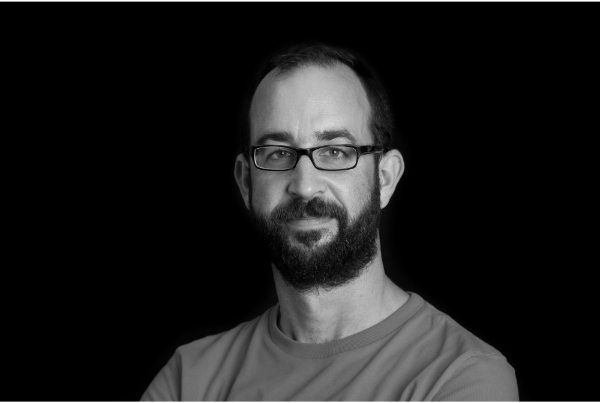I graduated in Biology at the Universidad Complutense in 1991 and obtained my PhD in the laboratory of Antonio García-Bellido at the CBM-Severo Ochoa in 1995. A couple of years later, I joined the laboratory of Stephen M. Cohen at the EMBL-Heidelberg, where I got a position as Staff Scientist. In 2003, I got my present position as ICREA Research Professor at the IRB leading the Development and Growth Control Laboratory. Since 2007, I have also been the Head of the Cell and Developmental Biology Programme at the IRB. In 2018, I was appointed Head of the Mechanisms of Disease Programme at the IRB. In 2007, I was elected EMBO Young Investigator. I was Visiting Professor at the National University of Singapore in 2010 and I am Lecturer at the University of Barcelona since September 2020. I am a member of the Disease, Models and Mechanisms editorial board. I have directed 9 PhD theses and published, as first or lead author, more than 70 papers.
